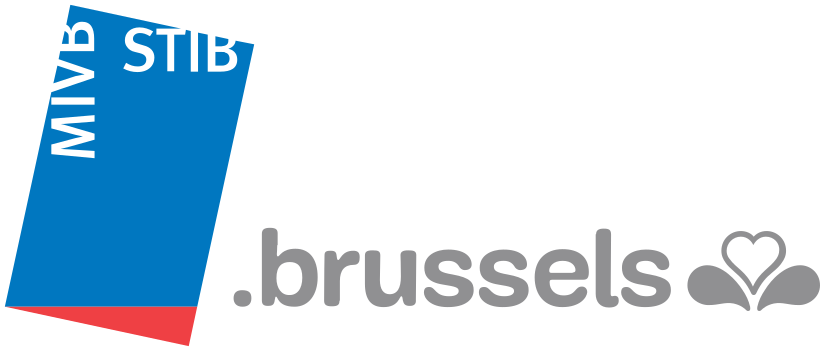Knowledge Base
Technical guides, tutorials, and documentation to help you integrate Belgian public transport data into your applications.
Quick Navigation
Understanding GTFS
What is GTFS?
GTFS (General Transit Feed Specification) is a common format for public transportation schedules and associated geographic information. Originally developed by Google, it's now the industry standard for transit data.
GTFS consists of:
- Static data: Routes, stops, schedules, fares
- Real-time data: Live vehicle positions, delays, alerts
GTFS File Structure
A GTFS dataset is a ZIP file containing CSV files:
Working with GTFS Data
Essential Files
- agency.txt: Information about transit agencies
- stops.txt: Individual stops/stations with coordinates
- routes.txt: Transit routes (bus lines, train routes)
- trips.txt: Individual journeys along routes
- stop_times.txt: Times when vehicles arrive/depart stops
Optional Files
- calendar.txt: Service days for routes
- shapes.txt: Route paths for mapping
- fare_attributes.txt: Fare information
- transfers.txt: Transfer rules between routes
API Documentation
GTFS Static API
Download complete schedule data for all operators.
Returns: ZIP file containing GTFS data
GTFS Real-time API
Access live trip updates and service alerts.
Returns: Protocol Buffer format
STIB Specific APIs
Brussels-specific data feeds with enhanced information.
Returns: JSON format
Data Quality & Cleaning
Our Data Processing Pipeline
We implement comprehensive data quality checks and cleaning processes to ensure reliable, consistent data across all operators.
Validation Steps
- GTFS format compliance checking
- Geographic coordinate validation
- Schedule consistency verification
- Stop name and ID standardization
Data Enhancements
- Route shape optimization
- Multi-language support
- Accessibility information
- Cross-operator transfer rules
Best Practices for Using Our Data
- • Always validate GTFS feeds before using in production
- • Cache data appropriately to reduce API calls
- • Handle real-time data delays and missing information gracefully
- • Subscribe to our status page for maintenance notifications
Code Samples & Tutorials
Python: Fetching GTFS Data
Download and process GTFS data using Python.
JavaScript: Real-time Vehicle Positions
Fetch and display real-time vehicle positions using JavaScript.
cURL: API Examples
Command-line examples for accessing our APIs.
Need More Help?
Can't find what you're looking for? Our team is here to help you integrate Belgian transport data successfully.



